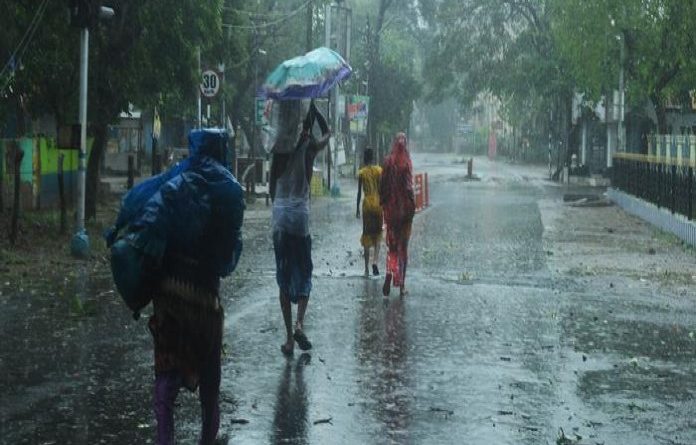Fighting Cyclones And Coronavirus: How We Evacuated Millions During A Pandemic
Bangladesh has battled the twin perils of a super-cyclone and Covid-19. We can offer lessons for others facing similar dangers
According to The Guardian.com, there was no time to lose when Cyclone Amphan began forming over the Indian Ocean in May.
But shelters are not built with social distancing in mind in Bangladesh and the country faced a challenge: how to move 2.4 million people from the destructive path of the storm without delivering them into an even greater danger – Covid-19.
Mass evacuations are challenging at the best of times. People are reluctant to leave their homes unguarded. This time the challenge was far more complex. People were afraid to move to shelters for fear of the virus. First responders also had to make sure the evacuation itself was not a vector for contagion.
In a matter of days, Bangladesh prepared almost 10,500 additional shelters – on top of the 4,171 in existence – to accommodate evacuees with a measure of social distancing. More than 70,000 “cyclone preparedness” volunteers across coastal areas were mobilised. Masks, water, soap and sanitiser were distributed. The garment industry, reeling from cancelled export orders, retooled production lines to manufacture personal protective equipment.
Coming on top of the pandemic, a cyclone such as Amphan throws into sharp focus the interrelated nature of the climate and health risks facing mankind. In the US, the National Oceanic and Atmospheric Administration predicts this year’s hurricane season will be one for the record books due to unusually warm water temperatures in the Atlantic and Caribbean – a consequence of the climate emergency. As in Bangladesh, the task of keeping people safe across the southern US and the Caribbean will be immeasurably more complicated as a result of Covid-19.
Bangladesh’s disaster preparedness, including a network of 55,000 first responders, meant Amphan killed fewer than 100 people in India and Bangladesh. While any death is regrettable, the country’s early-warning systems and well-rehearsed evacuation drills have saved hundreds of thousands of lives over the years.
It is not enough to deal with the immediate effects of a natural disaster; communities need to be better prepared for the next storm
Rebuilding infrastructure and livelihoods, however, is another matter. Bangladesh has rebuilt in the wake of cyclones many times before. As one of the most vulnerable countries in the world to tropical storms – two-thirds of its land lies less than 5m above sea level – rebuilding is a Sisyphean task. The climate crisis makes it even harder. Cyclones are becoming fiercer and more frequent. Rising ocean levels are poisoning wells and farmland. The pandemic and resulting deep economic crisis mean that the government must now deal with overlapping health, climate and economic emergencies all at once.
Cyclone Amphan was the costliest on record in the north Indian Ocean, leaving destruction estimated at $13bn (£10.4m). In Bangladesh, it washed out 415km of roads, 200 bridges, tens of thousands of homes and vast tracts of farmland and fisheries. More than 150km of embankments meant to contain storm surges were damaged.
This has been catastrophic, but planning makes countries better prepared when calamity strikes. It is not enough to deal with the immediate effects of a natural disaster; communities need to be better prepared for the next storm.
The need to rebuild better led Bangladesh to enact a Climate Fiscal Framework in 2014, becoming the first country in the world to develop a multi-year, multi-sectoral approach to funding climate resilience. The framework includes estimates for the long-term costs of combating the effects and tracks climate-related
This was followed in 2018 by an eight-decade climate adaptation plan for the delta region, home to 30 million people. The first decade of Delta Plan 2100 focuses on strengthening infrastructure,
Across the world, Covid-19 is adding a huge strain to government finances, but we believe long-term fiscal frameworks and climate adaptation plans give nations better tools to respond. Health, economic and climate resilience are interrelated. That is why the Delta Plan also includes land and water management projects, and measures to make communities healthier and more resilient: for example, solar home kits that can be used to filter contaminated water to stop disease following every destructive storm.
Bangladesh is unlikely to be the only country struggling with health, economic and climate emergencies this year. So international collaboration is vital: as countries we can learn from successes around the world and support each other. It’s by pulling together that we will emerge stronger and more resilient.
Sheikh Hasina is the prime minister of Bangladesh and chair of the Climate Vulnerable Forum. Patrick Verkooijen is CEO of the Global Center on Adaptation.




